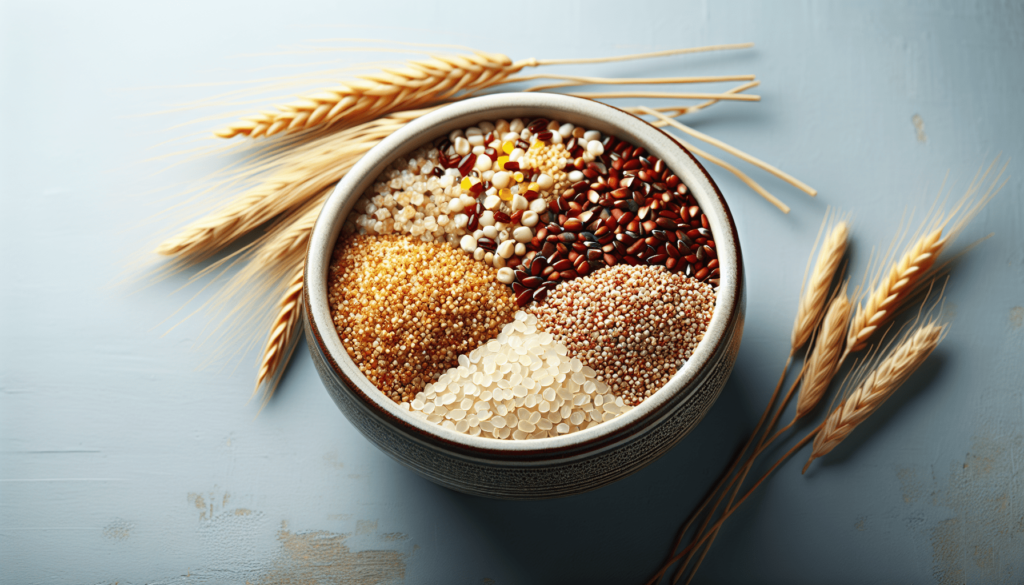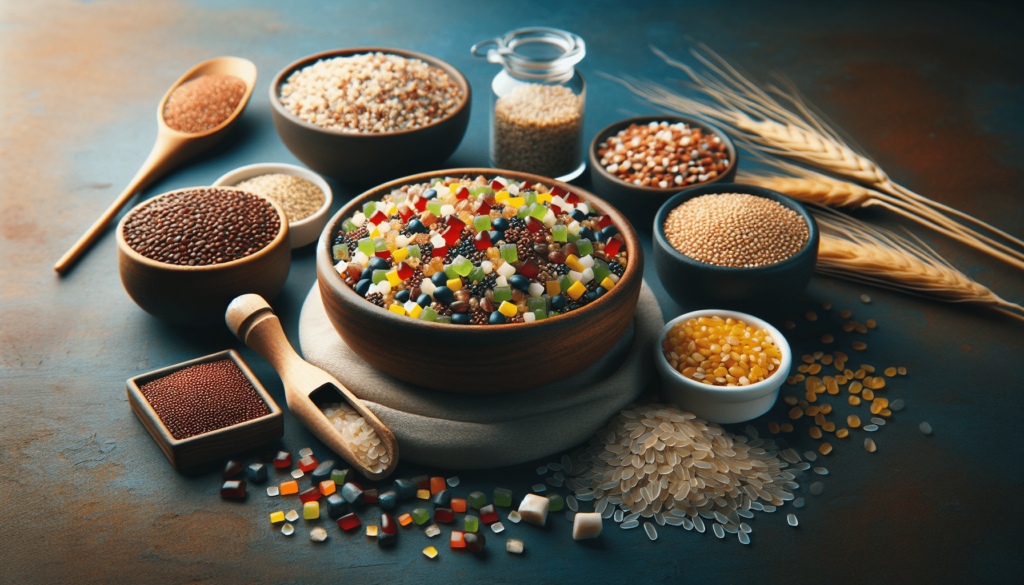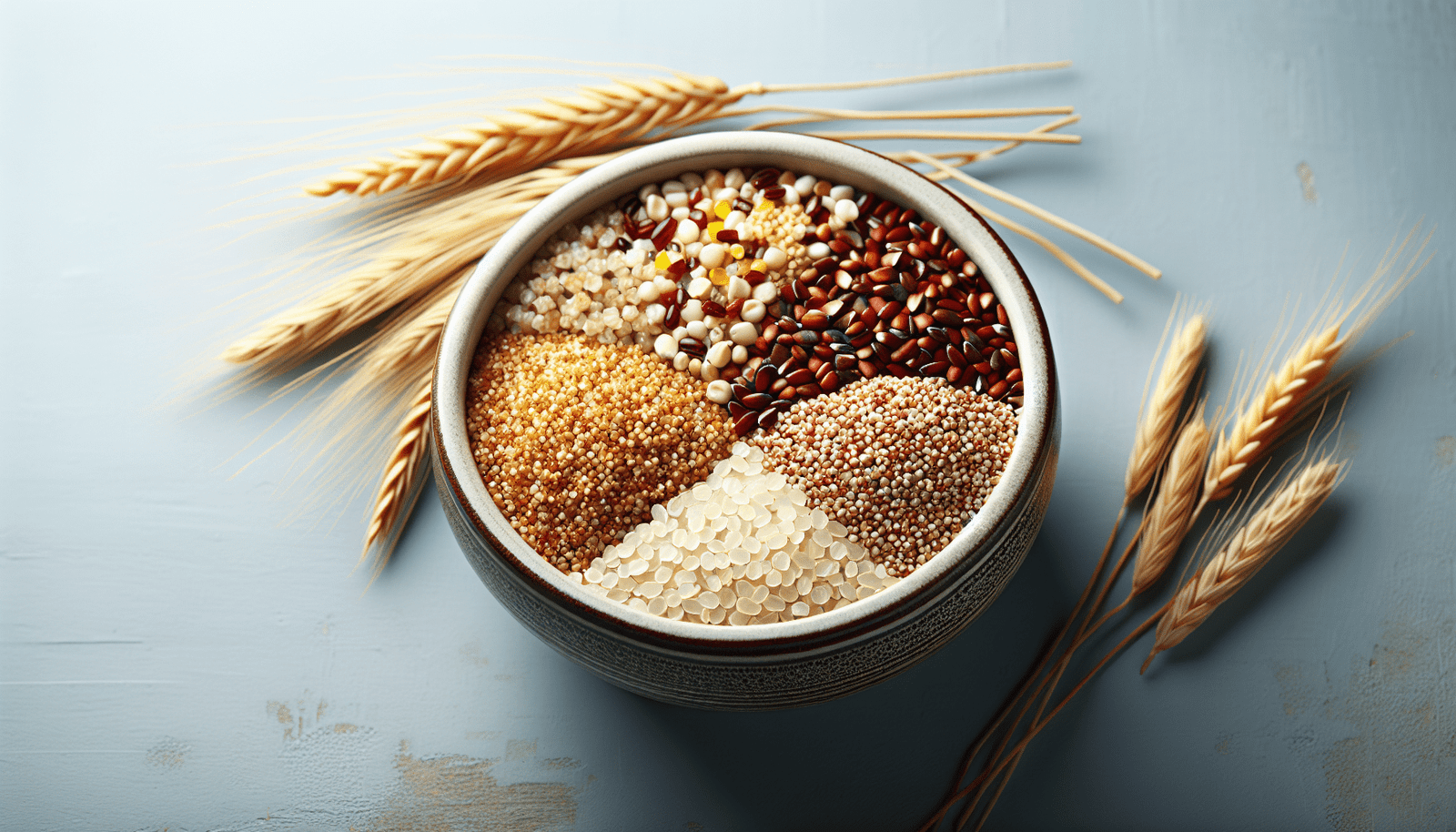“Healthy Grain Options for Diabetics”
Are you looking for a variety of healthy grains to incorporate into your diet as a diabetic? By choosing the right grains, you can help manage your blood sugar levels and improve your overall health. Let’s explore some of the best grain options for diabetics to enjoy.
Understanding Grains and Diabetes
Before we delve into the best grain options for diabetics, let’s take a moment to understand how different grains can impact blood sugar levels. Whole grains are an excellent source of fiber, which can help slow down the absorption of sugar into the bloodstream. This can prevent spikes in blood sugar levels, making them a great choice for individuals with diabetes.
Brown Rice
Brown rice is a whole grain that is packed with fiber and essential nutrients. This type of rice has a low glycemic index compared to white rice, making it a better choice for diabetics. It takes longer to digest, which helps prevent sudden spikes in blood sugar levels. Brown rice is also rich in magnesium, which is beneficial for heart health.

Quinoa
Quinoa is a gluten-free whole grain that is high in protein and fiber, making it a great option for diabetics. It has a lower glycemic index compared to other grains, which means it won’t cause a rapid increase in blood sugar levels. Quinoa is also rich in essential nutrients like iron and magnesium, which can help improve overall health.
Oats
Oats are another excellent grain option for diabetics. They are high in soluble fiber, which can help stabilize blood sugar levels and improve insulin sensitivity. Oats are also known for their heart-healthy benefits, as they can help lower cholesterol levels. When choosing oats, opt for old-fashioned oats or steel-cut oats instead of instant oats, which tend to be higher in sugar.

Buckwheat
Despite its name, buckwheat is not actually related to wheat and is naturally gluten-free. It is a nutritious whole grain that is high in fiber and protein, making it a great choice for diabetics. Buckwheat has a low glycemic index, which means it won’t cause a sudden spike in blood sugar levels. It is also rich in antioxidants, which can help reduce inflammation in the body.
Barley
Barley is a versatile whole grain that can be added to soups, salads, or enjoyed as a side dish. It is high in fiber, which can help regulate blood sugar levels and improve digestion. Barley contains beta-glucans, a type of soluble fiber that has been shown to lower cholesterol levels and reduce the risk of heart disease.
Millet
Millet is a gluten-free grain that is rich in fiber and essential nutrients like magnesium and phosphorus. It has a low glycemic index, making it a great option for diabetics. Millet is also known for its antioxidant properties, which can help reduce inflammation in the body. It can be enjoyed as a side dish or used in baking recipes.
Whole Wheat
Whole wheat is a common staple in many households, and for good reason. It is a whole grain that is rich in fiber, vitamins, and minerals. Whole wheat products like bread, pasta, and flour are better choices for diabetics compared to refined grains. Look for products labeled “100% whole wheat” to ensure you are getting the most nutritional benefits.
Amaranth
Amaranth is a nutrient-dense whole grain that is gluten-free and high in protein. It contains all nine essential amino acids, making it a complete protein source for vegetarians and vegans. Amaranth has a low glycemic index and is rich in fiber, which can help stabilize blood sugar levels. It is also a good source of iron, calcium, and magnesium.
Tips for Incorporating Healthy Grains Into Your Diet
Now that you have learned about some of the best grain options for diabetics, here are some tips for incorporating them into your diet:
- Switch to Whole Grains: Replace refined grains like white rice and white bread with whole grains like brown rice, quinoa, and barley.
- Read Labels: When shopping for grains, check the labels to make sure they are whole grains and do not contain added sugars or unhealthy fats.
- Experiment with Different Grains: Don’t be afraid to try new grains like buckwheat, millet, and amaranth to add variety to your diet.
- Control Portion Sizes: While whole grains are nutritious, it’s important to watch your portion sizes to avoid overeating and keep your blood sugar levels in check.
- Combine Grains with Protein and Vegetables: Create balanced meals by pairing grains with lean protein sources like chicken or tofu and plenty of vegetables for added nutrients.
By following these tips and incorporating a variety of healthy grains into your diet, you can better manage your blood sugar levels and improve your overall health as a diabetic.
Conclusion
Choosing the right grains can make a significant impact on your blood sugar levels and overall health as a diabetic. By opting for whole grains like brown rice, quinoa, oats, and buckwheat, you can enjoy delicious meals while keeping your blood sugar levels in check. Experiment with different grains, read labels, and control portion sizes to make the most of these nutritious options. Incorporate healthy grains into your diet and feel the difference in your health and well-being.


